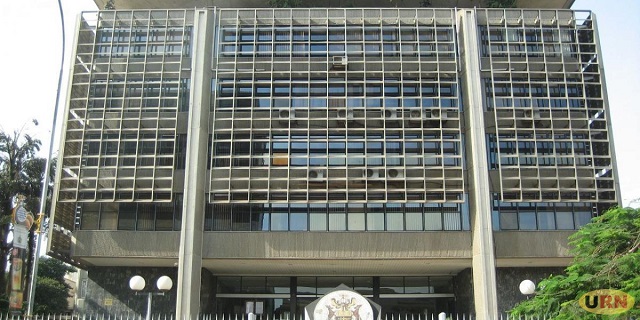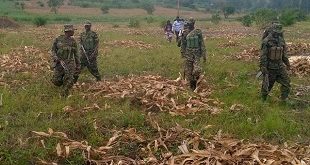
Kampala, Uganda | THE INDEPENDENT | The value of foreign direct Investments (FDI) into Uganda grew by almost 80 percent in 2022, the bulk of the money going into oil and gas and related activities, this is according to the latest joint government report.
The survey conducted by the Bank of Uganda, Uganda Investment Authority, and Uganda Bureau of Statistics also lists 13 trillion dollars worth of gold deposits on top of the FDI watchlist.
The study, the 20th of its kind was aimed at highlighting the distribution of foreign investments in terms of location, source, type, and size, among others, in the year 2022.
FDI inflows expanded from net inflows of 1,648.2 million dollars in the calendar year 2021 to 2,952.9 million dollars in 2022.
”The significant boost in FDI inflows during 2022 was largely attributed to the progression in activity in the Mining (oil) sector, that is, the transition from the exploration and appraisal phase to the development phase,” the report says.
This followed the conclusion of the Final Investment Decision (FID) in February, which paved the way for the commercial phase of the projects including construction, drilling, and appraisal of wells in the Tilenga and Kingfisher areas, as well as the East African Crude Oil Pipeline project.
A total of 1 billion dollars went to projects in the mining sector, 800 million dollars to transportation of pipeline equipment and parts, while ICT and finance took 500 and 200 million dollars respectively.
Uganda’s performance in attracting high volumes of investment shows how the country defied the odds that affected that global terrain.
The Word Investment Report 2023 by the UN Conference on Trade and Development (UNCTAD) indicates that the global environment for international business and cross-border investment remains challenging.
“Although the economic headwinds that shaped investment trends in 2022 have somewhat subsided, they have not disappeared. Commodity prices that rose sharply after the start of the war in Ukraine have tempered, but the war continues, and geopolitical tensions are still high,” the report says.
In developing countries, continuing high debt levels limit fiscal space. UNCTAD expects the downward trend of global FDI to continue in 2023.
Inflows to Africa fell by 44 percent to 45 billion dollars following the unexpected peak in 2021 caused by a large corporate reconfiguration in South Africa.
Developing countries accounted for more than two-thirds of global FDI, up from 60 percent in 2021.
The impacts of the several crises in the developed economies, especially in food and energy, and financial and debt distress hit investment flows to the poorest countries disproportionately.
Flows to the least developed countries (LDC) fell by 16.0 percent and they continue to account for only 2 percent of global FDI.
Flows to Uganda mainly came from five countries, with the Netherlands and the United Kingdom accounting for 38 and 37 percent respectively, while 7 percent came from Mauritius.
From Kenya and Switzerland were investments worth five and 3 million dollars respectively.
******
URN
 The Independent Uganda: You get the Truth we Pay the Price
The Independent Uganda: You get the Truth we Pay the Price


